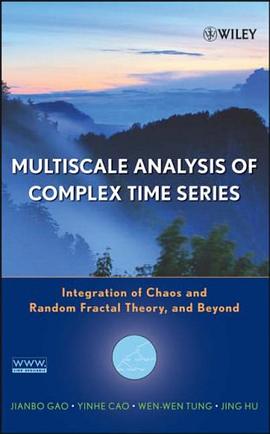

This text describes how fractal phenomena, both deterministic and random, change over time, using the fractional calculus. The intent is to identify those characteristics of complex physical phenomena that require fractional derivatives or fractional integrals to describe how the process changes over time. The discussion emphasizes the properties of physical phenomena whose evolution is best described using the fractional calculus, such as systems with long-range spatial interactions or long-time memory. In many cases, classic analytic function theory cannot serve for modeling complex phenomena; "Fractal Operators" shows how classes of less familiar functions, such as fractals, can serve as useful models in such cases. Because fractal functions, such as the Weierstrass function (long known not to have a derivative), do in fact have fractional derivatives, they can be cast as solutions to fractional differential equations. The traditional techniques for solving differential equations, including Fourier and Laplace transforms as well as Green's functions, can be generalized to fractional derivatives. Fractal Operators addresses a general strategy for understanding wave propagation through random media, the nonlinear response of complex materials, and the fluctuations of various forms of transport in heterogeneous materials. This strategy builds on traditional approaches and explains why the historical techniques fail as phenomena become more and more complicated.
具體描述
讀後感
評分
評分
評分
評分
用戶評價
相關圖書
本站所有內容均為互聯網搜索引擎提供的公開搜索信息,本站不存儲任何數據與內容,任何內容與數據均與本站無關,如有需要請聯繫相關搜索引擎包括但不限於百度,google,bing,sogou 等
© 2025 qciss.net All Rights Reserved. 小哈圖書下載中心 版权所有




















